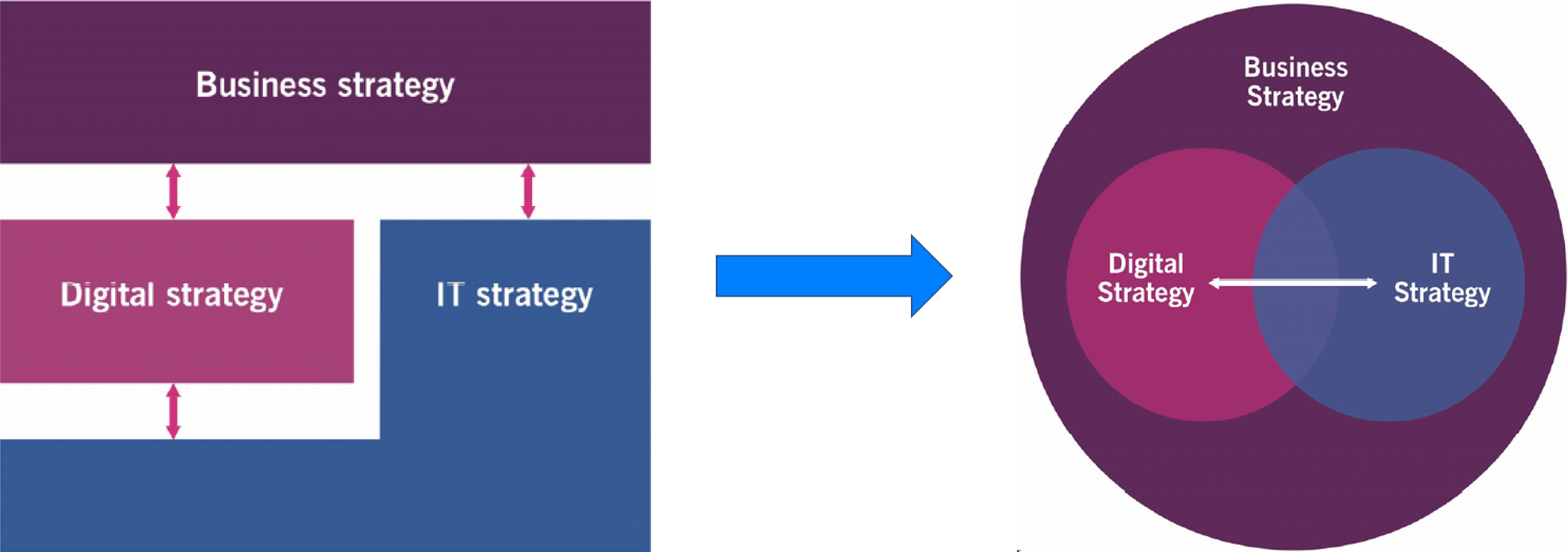ITIL 4 Acquiring Managing Cloud Services Certification Course: Explore - Digital and Cloud Strategy
1. Digital strategy
Traditional approach is based on tiers:
- Business drives digital and digital strategies
- Digital strategy can impact IT strategy
Must change the view with a clearer understanding of business, digital, and IT strategy
Better understanding/achievement:
- Technology changes
- Risks
- Opportunities

2. Cloud strategy
Cloud strategy defined in context of:
- Business strategy
- Digital strategy
- IT strategy
It is a standalone document integrated with the digital and IT strategy
It is tactical and can:
- Improve performance
- Offer growth opportunities
Helps:
- Organizational positioning
- Achievement of objectives
2.1 Strategic scope
| Strategy | Scope |
| Greenfield | All services in the cloud:
|
| Migrating existing services | One-off migrations:
Evolutionary migrations:
Big-bang migrations:
|
| New services | Existing solutions in-house Only new services in the cloud In the future, may consider migrating some or all of the in-house systems to the cloud (one-off, evolutionary, or big-bang) |
Go back to ITIL 4 Acquiring Managing Cloud Services Certification Course: Explore to finish this chapter or to the main page ITIL 4 Acquiring Managing Cloud Services Certification Course.
Interesting Management
-

Part 1: A good manager, better team motivation, better team productivity, better team results
When you are managing a team, “how to be a good manager” is the “must”...
-

Report optimization, increase your time management
As manager, I am doing many reports, even when I was an ITIL consultant, I still needed to do many reports...
-

Tools to get your ITIL intermediate certifications, the missing 15 points for the ITIL 4 Managing Professional
ITIL V3 is going to be obsolete...
-

The importance of the first customer meeting for the service
Managing an IT service when I start a new company is not an easy task, particularly true, if the service...



